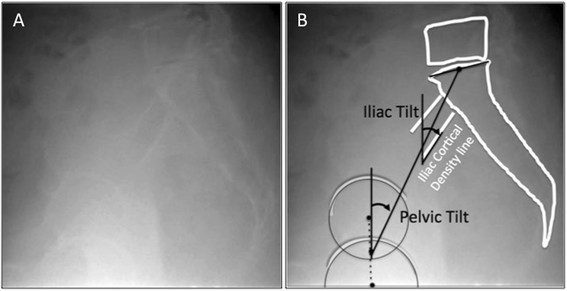Synonym: Iliac Cortical Line Iliac cortical densities (ICD) are the overlap of the true pelvis posterior to the acetabulum which is used as a proxy for the slope of the sacral ala. Importance: The entry point should be anterior in S1 and inferior to the iliac cortical density (ICD), which…
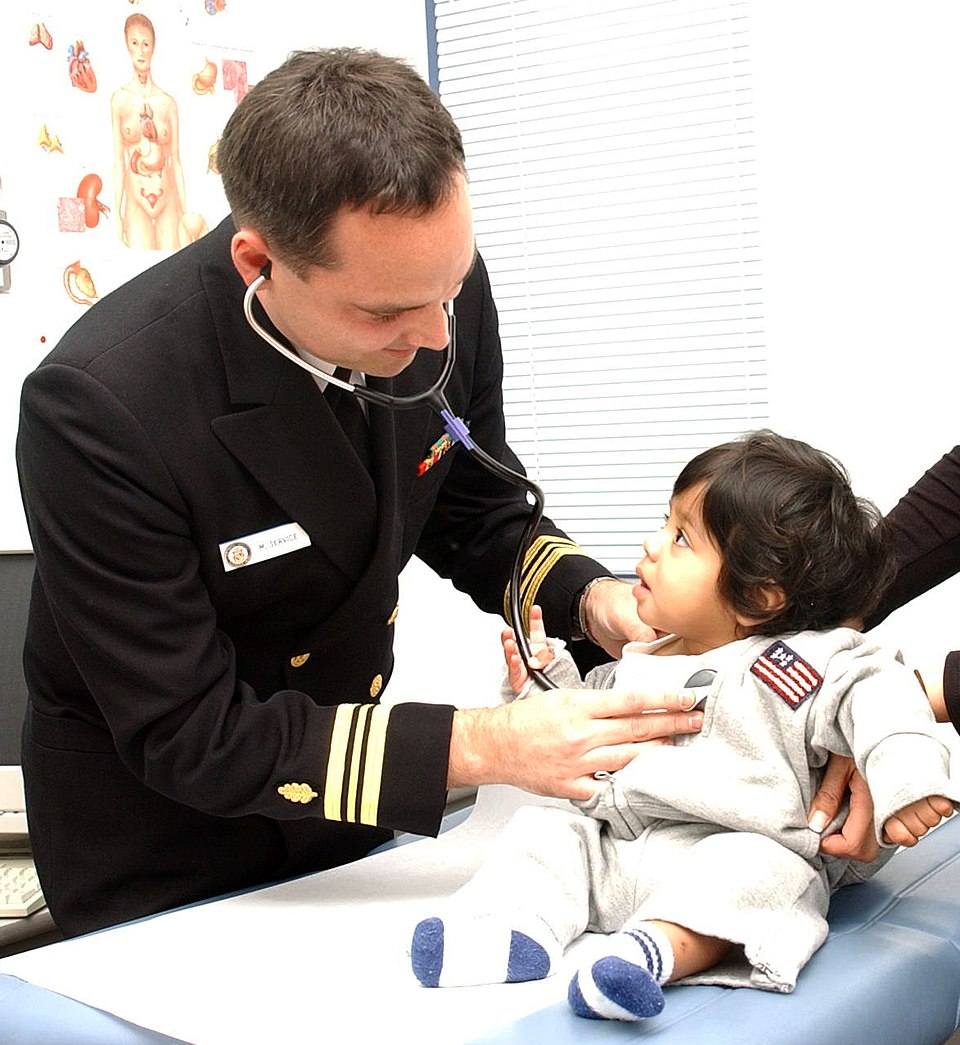
Becoming a Family Nurse Practitioner
Family Nurse Practitioners (FNPs) play a vital role in the healthcare system by providing patient-centered, comprehensive care across the lifespan. Trained in both primary care and disease prevention, FNPs work with individuals and families to manage chronic conditions, treat acute illnesses, and promote healthy lifestyle choices. With the demand for…

9 Advanced Careers in Nursing: What’s Next After Becoming an RN?
When choosing a career in healthcare, becoming a nurse is always an attractive and rewarding option. When you finally become an RN, it’s a huge milestone, but it’s not always the final stop. Many nurses go on to get certifications and degrees to become advanced practice registered nurses (APRN) and…
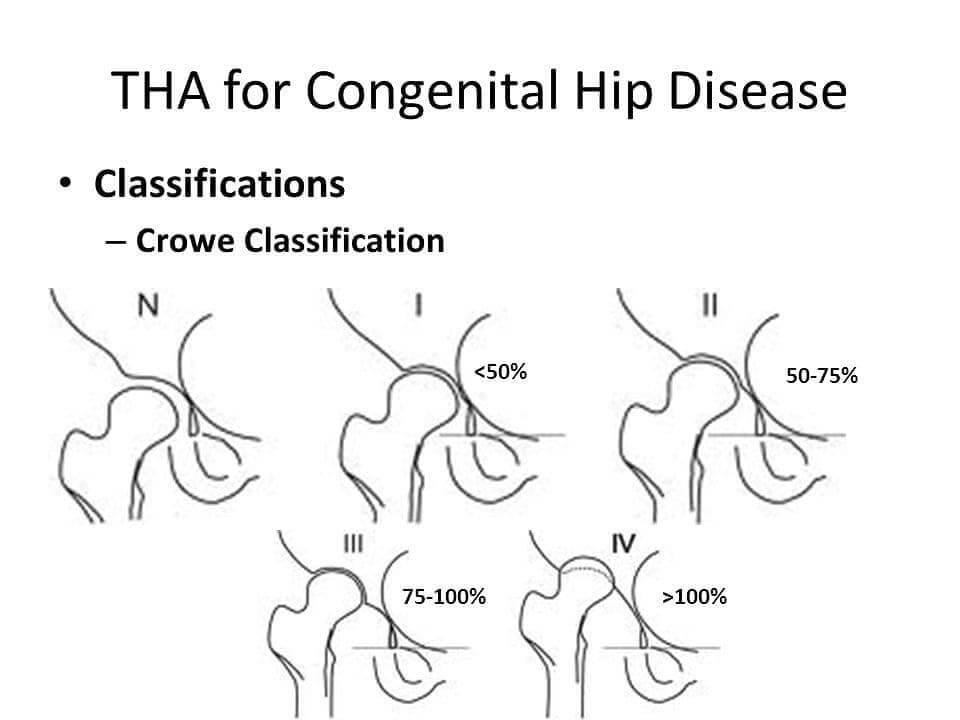
Crowe Classification in Adult Hip Dysplasia
Crowe Classification Class I: <50% subluxation or proximal displacement <10% of pelvic height Class II: 50-75% subluxation or proximal displacement 10-15% of pelvic height Class III: 75-100% subluxation or proximal displacement 15-20% of pelvic height Class IV: >100% subluxation or proximal displacement >10% of pelvic height and deficient true acetabulum…
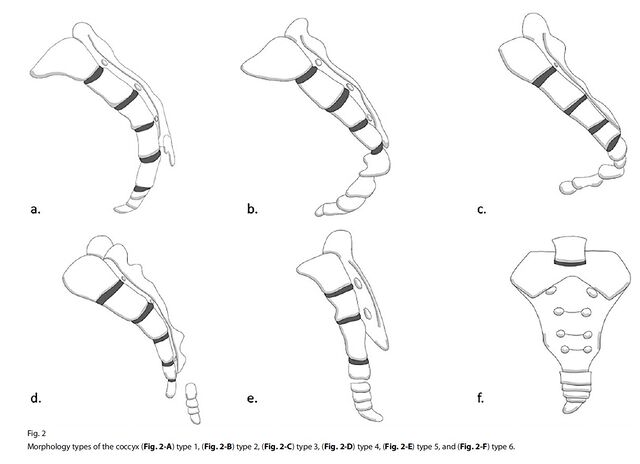
Coccyx Types
Postacchini and Massobrio Classification (Nathan Modification) Can be classified into 6 types: Type I (slight curve): Curved slightly forward with apex pointing caudally (>50% incidence) Type II (forward curve): More prominent ventral curvature with coccyx apex pointing anteriorly (8-32% incidence) Type III (sharp angle): Acute anterior angulation of coccyx but…
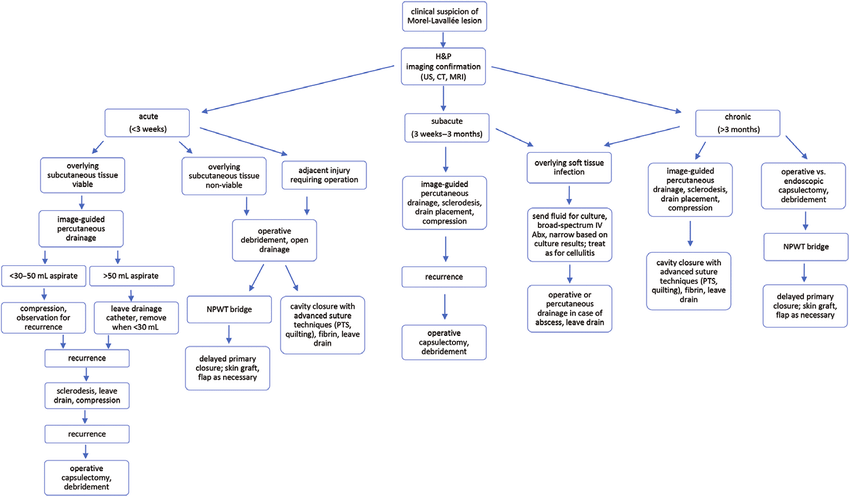
Morel Lavallee Lesion
Definition: Post-traumatic closed degloving injury, in which the skin and subcutaneous tissue is detached from the underlying fascia by a shearing force which can disrupt perforating vessels and nerves, creating a potential space that fills with blood, lymph, debris and fat (necrotic and/or viable). Clinical features: The diagnosis can be…
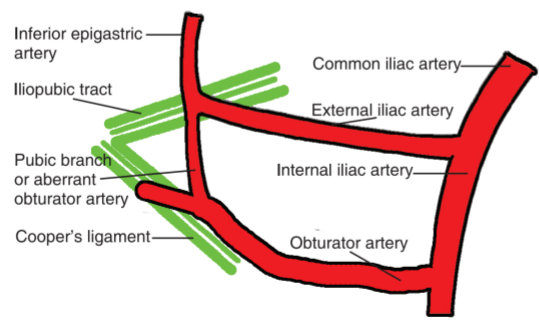
Corona Mortis
Synonym: Crown of Death Definition: Retropubic vascular anastomoses between the obturator and external iliac systems Location: Behind the superior pubic ramus at varying distance from the symphysis pubis (range 40-96 mm) Morphologies: a. Arterial corona mortis (8-65% incidence): b. Venous corona mortis (40-96% incidence): c. Combined arterial and venous corona…
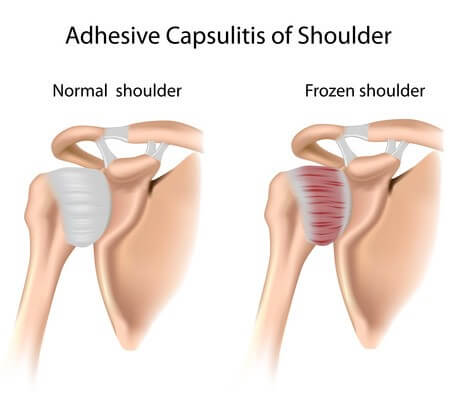
Frozen Shoulder : Mnemonics
Synonym: Adhesive capsulitis of shoulder Features: Mnemonic: ICE CAPS Sequence for Manipulation under anesthesia (MUA): Mnemonic: FEAR
